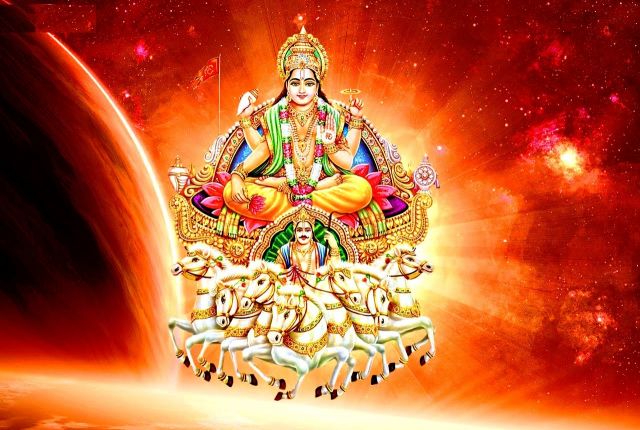Surya Jayanthi – Rathasapthami The celebrations of Surya Jayanthi in Tirumala are being held in a grand style on the day of the ‘Rathasapthami’ festival every year. On that day, from sunrise to the end of the night, the Lord of the Seven Hills will visit the devotees in seven vehicles. On that day, Lord Read More
Tag: Surya Narayana
Surya Jayanthi
Surya Jayanthi / Rathasapthami Rathasapthami is also known as ‘Surya Jayanthi’ because it celebrates the power of the Sun God who is believed to be an incarnation of Lord Vishnu. Surya is considered Lord Vishnu and hence called Suryanarayana or Pratyaksha Daivam. Rathasapthami is the festival that falls on the Seventh day of the bright Read More
Surya Narayana – Sun God
Surya Narayana Lord Surya Narayana is considered to be the prime of the universe. The sun rays are the source of all light in the universe. All beings are born, nurtured, and deceased due to the rays of the Sun. Lord Surya Narayana is the “Atma” of the universe. Worship of the Sun god has Read More

